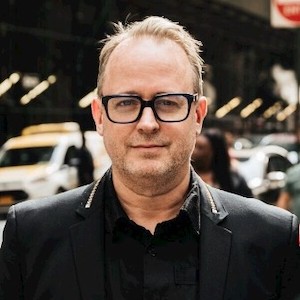Harnessing IoT and Data Science to Create Smart and Connected Cities
Digitalization has brought about a radical shift in the world of urban planning. Thanks to the data now available, planners have evidence of user activity that allows them to transition from an “I think” position to an “I know” position. This data and research underpins the decisions urban planners make, empowering them to truly put users first and drive more effective solutions.
Urban planning is also no longer just the realm of the planner and the architect, as new voices have joined the conversation as data has become part of the equation. Technologists, narrative writers, tech innovators, and the community itself speaking through the data it creates are all involved in planning.
Indeed, modern urban planning has become a much more democratized process.
The power and risks of the IoT
IoT technology has emerged as a key player in collecting the data currently used in the urban planning conversation. IoT sensors can track vehicle and pedestrian traffic in real-time, pollution sensors allow for improved efficiency in monitoring air quality, and audio sensors can identify areas where noise pollution is reaching levels that can negatively impact health.
However, IoT represents a great power and a great risk combined when it comes to urban planning. It provides access to infinite data, but that data must be digested and crystallized. When not harnessed to drive the conversation in the right direction, that data can rapidly transform from a potential boon into a calamity.
Likewise, as artificial intelligence becomes more involved in data analytics, that power and risks increase. AI applied to data science becomes a powerful tool for unraveling the complexities of data, but to help with urban planning, AI must be trained to think like an urbanist. At this point, it is essential to have a team of humans who know what questions to ask of data.
Placing the focus back on end users
When IoT and data science are harnessed by knowledgeable planners who are truly focused on end users, they can be effectively used to create smart and connected cities. IoT has brought end users into the conversation in a powerful way by delivering data on how people move through urban spaces and the impact they are having, arming planners with the insights they need to fight for those who will ultimately be most impacted by urban spaces.
The data IoT brings into the mix also helps to neutralize arguments that surface when development and politics collide. Data provides a genuine answer to questions — not merely one person’s take on the answer — and it’s hard to argue with.
Ultimately, the challenge for urban planners is to incorporate the new insights that IoT provides into sound strategies. Unlike technology where you fail fast, improve incrementally, and start again, urban planning is a long game.
De-risking decisions is part of the work that must be done to create spaces that can serve users for decades to come. By getting the right data, asking the right questions, and keeping the focus on end users, urban planners can leverage IoT to inform their work and improve their outcomes.
About the author
 This article was written by Steven Cornwell. He is the Global Director of ERA-co, currently living in NYC. Over the course of 20 years, Steven has garnered an international reputation for developing leading brands from a broad range of sectors including real estate, place, culture, consumer retail, media, transit & infrastructure, and professional services. ERA-co is a global place brand specializing in data science, research and insight, user strategy, urban systems, and brand experience.
This article was written by Steven Cornwell. He is the Global Director of ERA-co, currently living in NYC. Over the course of 20 years, Steven has garnered an international reputation for developing leading brands from a broad range of sectors including real estate, place, culture, consumer retail, media, transit & infrastructure, and professional services. ERA-co is a global place brand specializing in data science, research and insight, user strategy, urban systems, and brand experience.
